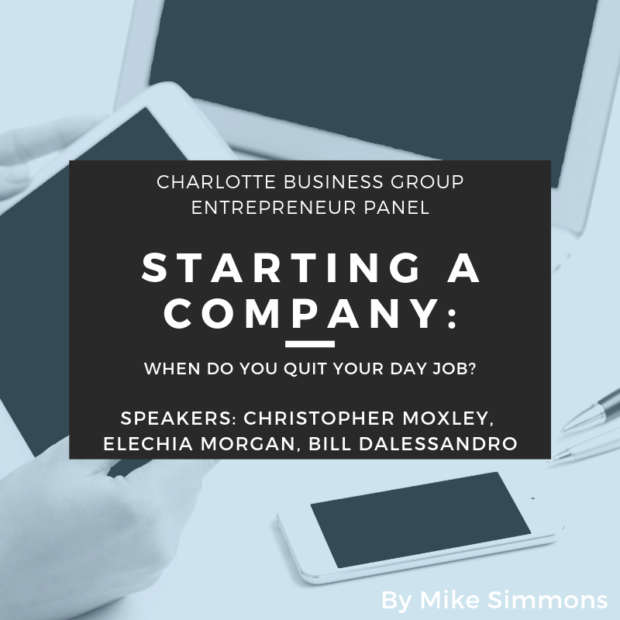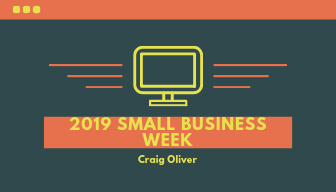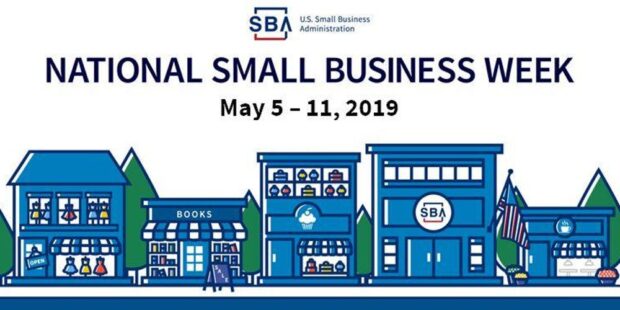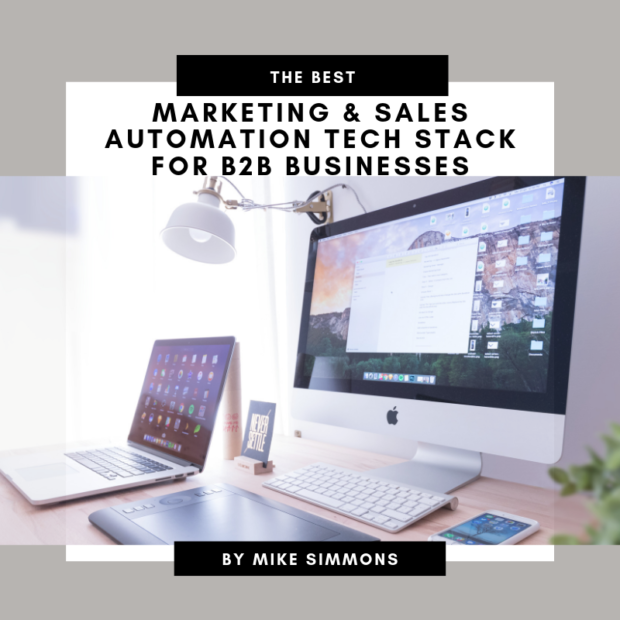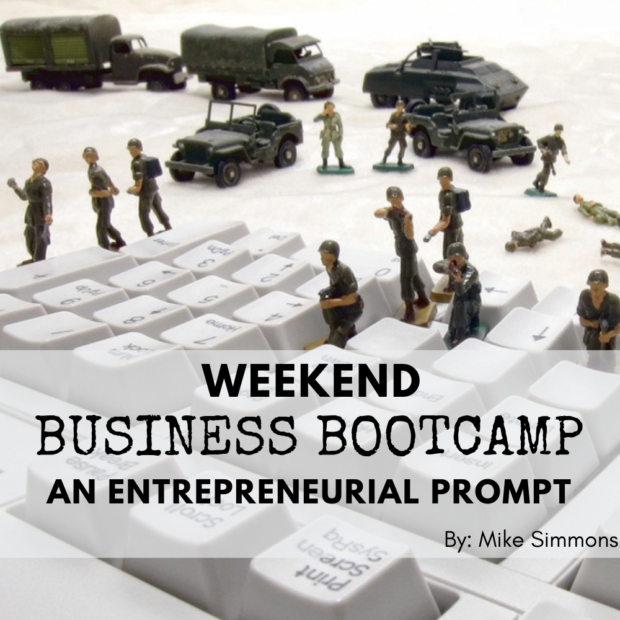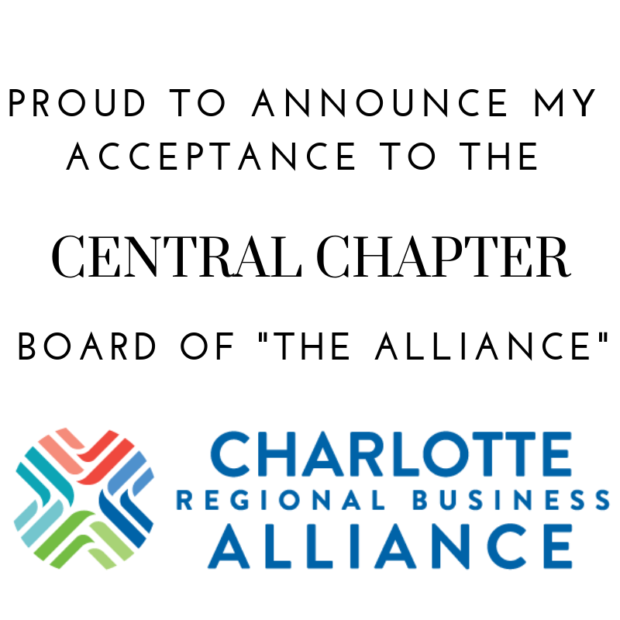At a recent Charlotte Business Group event I moderated a panel on entrepreneurship. We hit various topics that provided the audience with a ton of value, so I wanted to share some of the key takeaways from the discussion with you. The event featured a great group of local entrepreneurs that covered a wide range of topics about starting, and running, a company.
Our panelists included:
- Christopher Moxley, Founder and Co-Owner of 704 Shop, Senior Compliance Associate at TIAA, and co-owner of several other businesses as well.
- Elechia Morgan, Founder and CEO of MuscleRX.
- Bill Dalessandro, Founder and CEO of Elements Brands.
- CBG Leadership – Robert Hackney of Securance Financial and Brian Miller of Appaloosa Real Estate Partners.
To begin, as far as the “when do you quit your day job” question, there wasn’t a specific answer that fit everyone, as it’s a deeply personal situation. It truly varies for every individual. And in some cases, the answer is never. So, as you can imagine, most of the conversation surrounded providing details about what worked for each of the panelists, as well as them offering various ideas with respect to the way they thought about (act acted on) that at the time.
That being said, below are some of the key takeaways from the evening. There was a lot to unpack and share so I may come back and edit/add more in the coming days.
Ideas for businesses come from a variety of places. In some cases, you can innovate, break, and then reinvent the wheel. In others you can make small tweaks to existing business models that work elsewhere. Or you can find a specific niche and build from there. Business opportunities arise from a multitude of potential catalysts. One great takeaway that stuck with me was to use Bill’s “if you spend 30 minutes researching a problem and aren’t sold something (i.e. served ads) within that time frame you just might have a business idea.”
Just Start. You need to have a little bit of risk involved; you can never get rid of it completely so don’t let that keep you from starting. You don’t need to have absolutely everything figured out. The important thing is to take action consistently. Bill had another great gem; he created a list of 100 things/task and did 1 a day. By sticking to that he started his company in 100 days.
You don’t always NEED to quit your day job. It’s ok to keep your day job long term, keep it for a while as you get traction in the business, or “jump off the cliff and build the plane on the way down.” Everyone has a different risk tolerance and level of resources available to them. Others like Chris just like and prefer continuing to keep their job as they grow their businesses and don’t feel the need to quit.
Know your target market. Learn about what they value, the problems they need solved, and what needs they need met. These are the fundamental elements of launching a business. Market fit is crucial to identify the initial opportunity. Scalability comes later.
Create systems to lean on. As you build your business you want to create systems, procedures, automations, etc. to make sure the business can (eventually) run without you. You don’t need the latest and greatest technology for this, just implement processes that work to help you stay on top of managing everything as things can get overwhelming quickly.
Delegate the things you’re not good at. Pretty much everyone mentioned getting a good bookkeeper/accountant to manage the finances (as that wasn’t necessarily any of their strengths). That’s just an example to reiterate that in order to grow your business you need help and need to be able to delegate the tasks that aren’t suited to your strengths. This may take time as resources are limited, you may need to wear many hats in the beginning, but make this a priority as soon as you can.
There are a variety of ways to fund your business depending on your goals. This is yet another personal preference. Some people bootstrap, building with sales and revenue as they go. That was Elechia’s preferred approach as she met with doctor after doctor, potential patient after patient and growing along the way. Others raise money from investors to continue growing and scaling. You can also leverage debt with SBA loans, etc. There is plenty of research out there about ways to fund and grow your business.
Know what your long-term goals are. While you don’t need to do this first, eventually you should try to have an exit strategy in mind (or the lack there of) as you initially build your business. Whether you plan to eventually sell it, build a business you want to work at for the long haul, or simply want a side-hustle, they’re all fine as long as you’re transparent and honest with yourself and your partners.
All that being said, it’s ok to just have a short-term side hustle that only lasts a year or two and provides some additional income along the way. There doesn’t have to be a long-term vision if that’s your primary objective. As was mentioned several times, each situation and individual is different.
There are many other things to consider when starting and running a business. This was just a small snapshot of a great evening filled with plenty of additional takeaways. What are some of the things you’d add to the list?
The Charlotte Business Group has a lot more educational events like this planned where we share knowledge and experiences from local professionals. We aim to continue nurturing the business and entrepreneurial spirit and providing opportunities for the community to do so. Make sure to keep an eye our for the upcoming schedule!
